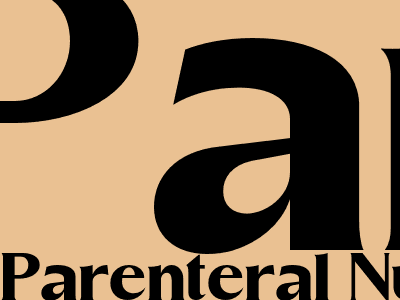Parenteral Nutrition: A Detailed Guide
What is Parenteral Nutrition?
Parenteral nutrition (PN) is a method of providing nutrition to patients who are unable to take food by mouth. It involves administering nutrients directly into a vein, bypassing the digestive system. PN is used in a variety of situations, including:
- When the digestive system is not functioning properly
- When the patient is unable to absorb nutrients from food
- When the patient has a high nutritional need that cannot be met by oral intake
Types of Parenteral Nutrition
There are two main types of PN:
- Peripheral parenteral nutrition (PPN) is administered through a small vein in the arm or leg. PPN is typically used for short-term nutrition, lasting up to two weeks.
- Central parenteral nutrition (CPN) is administered through a catheter that is inserted into a large vein in the chest. CPN is typically used for long-term nutrition, lasting more than two weeks.
Benefits of Parenteral Nutrition
PN can provide several benefits for patients, including:
- Improved nutritional status: PN can help to improve the nutritional status of patients who are unable to take food by mouth.
- Reduced risk of complications: PN can help to reduce the risk of complications that are associated with malnutrition, such as infection and wound healing problems.
- Improved quality of life: PN can help to improve the quality of life of patients who are unable to take food by mouth by providing them with the nutrients they need to live a full and active life.
Risks of Parenteral Nutrition
PN is a safe and effective method of providing nutrition to patients who are unable to take food by mouth. However, there are some risks associated with PN, including:
- Infection: The catheter used to administer PN can become infected, leading to sepsis.
- Thrombosis: The catheter used to administer PN can block a blood vessel, leading to a blood clot.
- Metabolic complications: PN can cause metabolic complications, such as hyperglycemia and electrolyte imbalances.
- Liver damage: PN can cause liver damage in some patients.
Conclusion
PN is a valuable tool for providing nutrition to patients who are unable to take food by mouth. PN can improve the nutritional status of patients, reduce the risk of complications, and improve quality of life. However, there are some risks associated with PN, and it is important to weigh the benefits and risks before making a decision about whether or not to use PN.

Comments